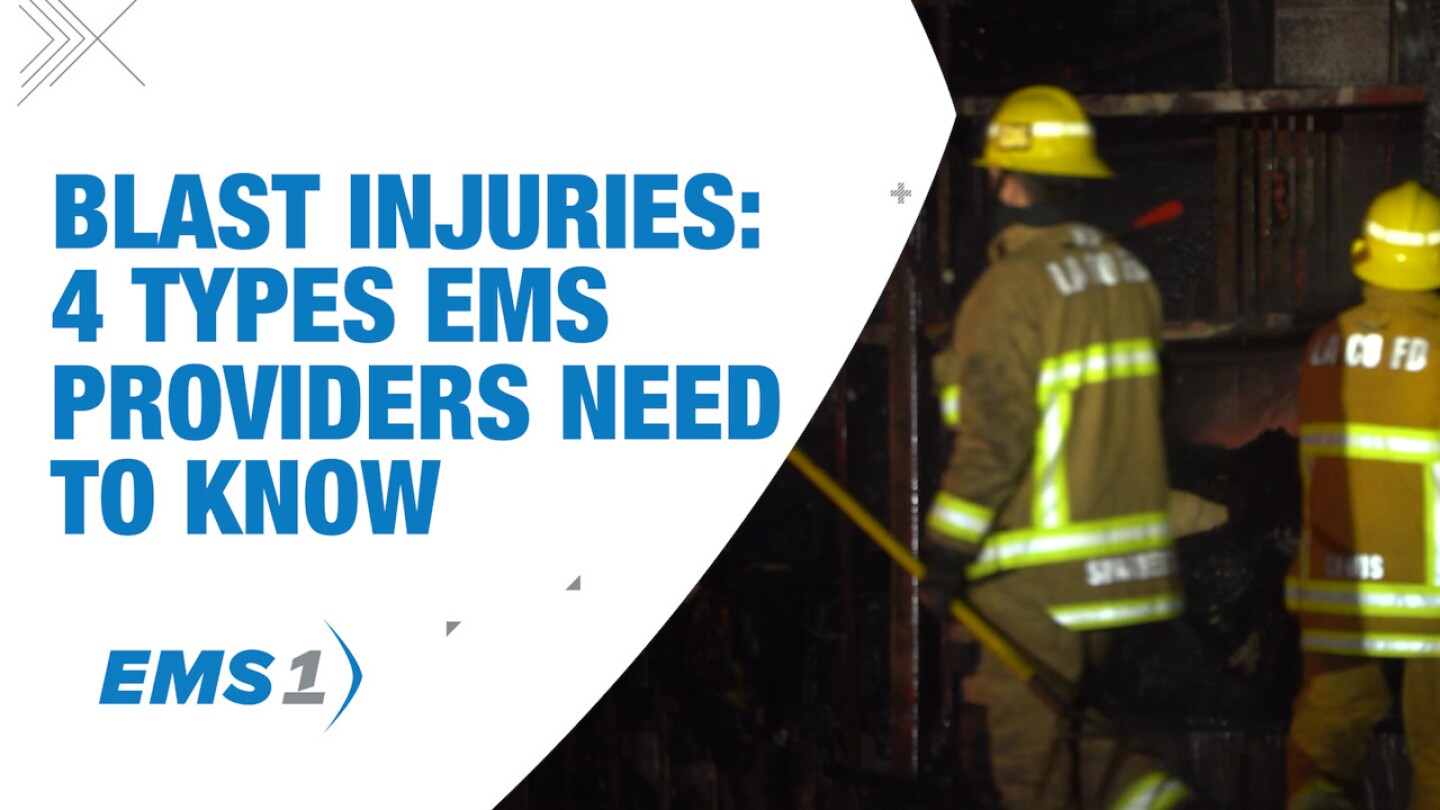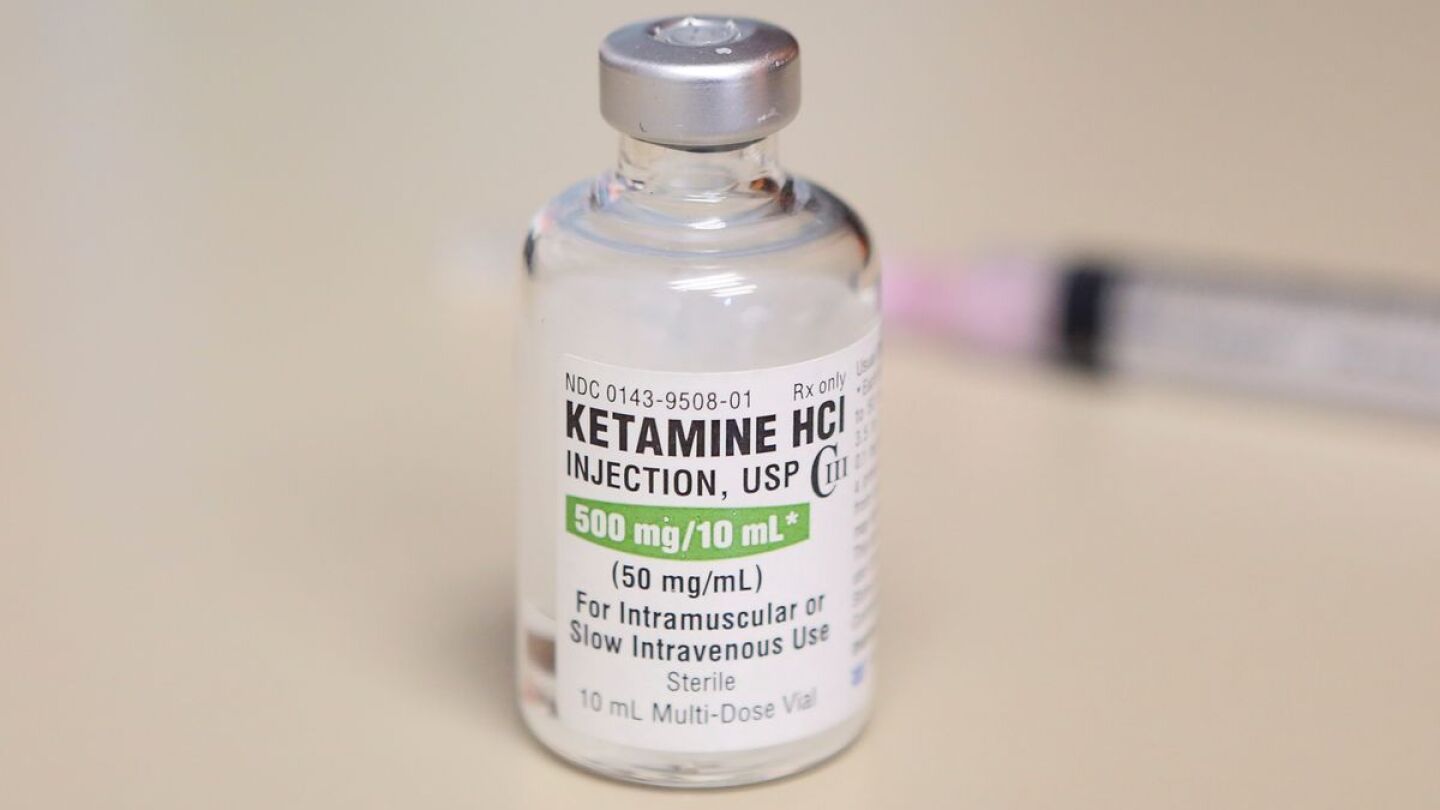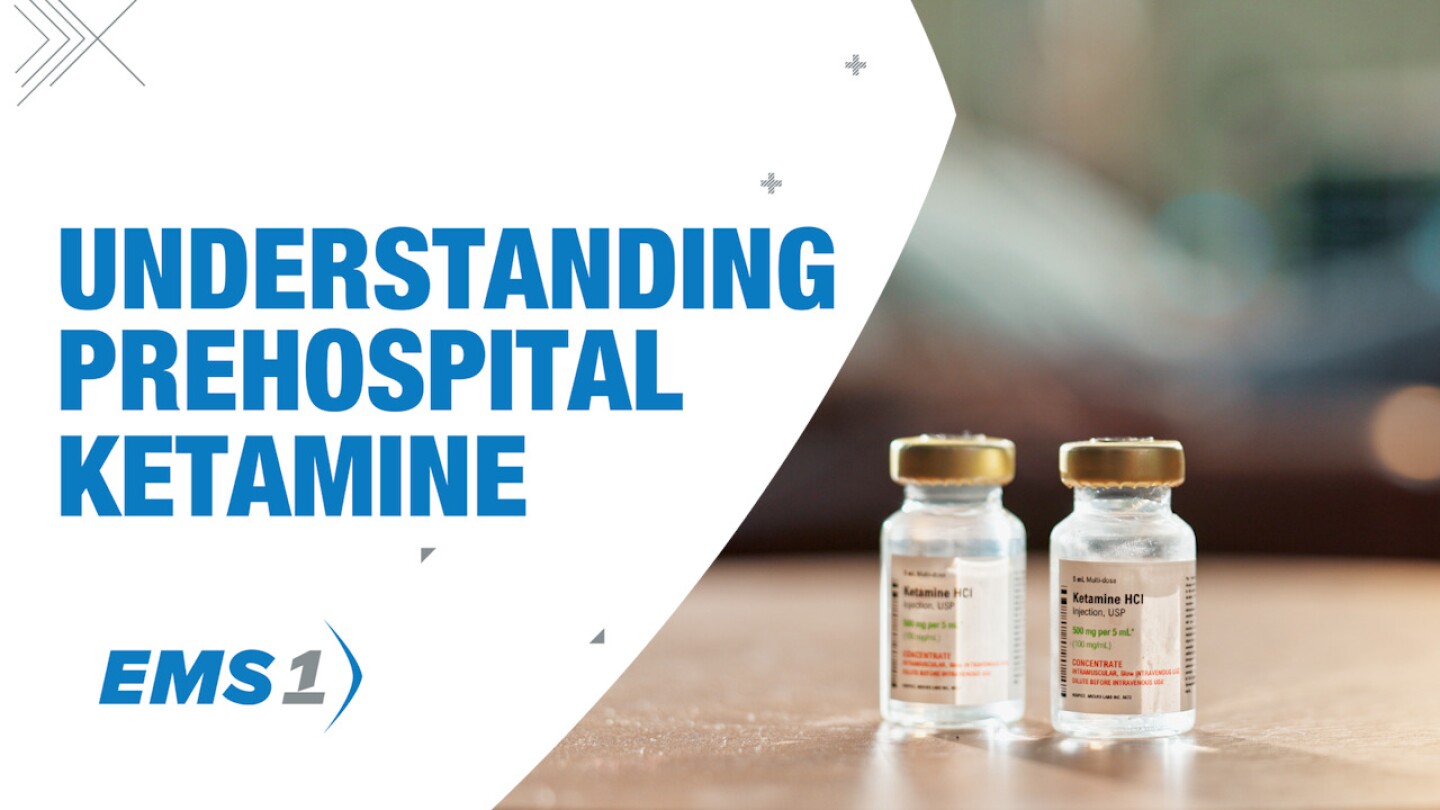Clinical
Access our directory of clinical articles in EMS, which offers in-depth information on patient assessment, treatment protocols, and emerging medical practices. This collection covers various clinical topics essential for EMS professionals, from advanced pharmacology to trauma management. Staying up-to-date with clinical knowledge is vital for delivering high-quality patient care. For additional resources, explore our section on Medical Research. Enhance your clinical expertise with our expert-driven content.
EMS providers will be called upon to mitigate the effects of bombings and other incidents involving the use of explosive devices
Communicating with law enforcement and following these clinical guidelines will help to keep patient safety first and foremost
In the right patient, with a solid understanding of the pharmacology and a plan to address potential side effects, ketamine can be an incredibly useful tool for EMS
Funding for cardiac arrest is a fraction of what NIH spends to study other leading causes of death like diabetes, cancer and stroke
Sen. Tammy Duckworth said there needs to be more effort in making sure addicts have access to treatment
Other staffing costs for hospitals include training to prepare staff to de-escalate situations when patients become violent
Almost three in four Americans said that emergency medicine services should be covered by insurance
Students will graduate qualified for the required federal “waiver” to prescribe medications to treat opioid-use disorders
Matheus Silva was swimming with teammates when he cried out for help and then went underwater
The handling and movement of patients poses an inherent risk to both patient and provider due to potential mechanical failures or unsafe practices by the operator
The crew helped Margaret Durham after she appeared to be overheated
Lou Ferrigno, who volunteers as a sheriff’s deputy, said he immediately began thinking of what could be going on when the fan collapsed
You are on scene with a patient who was found down in his living room; as you progress beyond the initial assessment, what are some typical assessment pitfalls to avoid?
You are dispatched to a report of an elderly male found down on the floor
Using medical training he learned at summer camp, the eighth-grader took an EpiPen and injected it into his friend’s leg
Town officials have launched a strategic planning process designed to optimize emergency services
After being held in custody for 18 months in North Korea, 22-year-old Otto Warmbier returned home in a coma
The “set-up, size-up, scope, secure” mindset of the 1st and TEN approach to intubation may help improve first-pass success
A basic understanding of how acid-base imbalances can affect the patient’s presentation can help make sense of conflicting symptoms
Our co-hosts discuss aspects of a recent call regarding an EMS crew removing a patient from an airplane
While narcotics can bring short-term pain relief, they’re often misprescribed
In tests, the drone arrived 16 minutes faster than an ambulance
The interaction of health care providers and the high risk patient population poses many concerns and challenges
Including ultrasound during assessment may help rule out or find injuries missed with traditional exam techniques, but more research is needed
EMS providers are asked to help evaluate community risk reduction
Use simulation education to teach EMS providers to recognize and treat sepsis
The award signifies that Maricopa Ambulance met the requirements for utilizing data to improve patient outcomes
Community paramedicine programs are being integrated into our health care system far too slowly to meet the needs of many underserved populations
EMS leaders need to focus on continually improving quality, efficiency and innovation to add value as health care undergoes dramatic changes
Community paramedics placed within a correctional facility increase the level of services provided by the health care team and potentially reduce overall health care costs
Police praise man as a hero for coming to the aid of a “complete stranger”
Allina Health EMS leaders discuss the importance of a strong relationship between operational leaders and the medical director
The device can be used quickly, unlike lidocaine, which requires 30 minutes to fully take effect




















